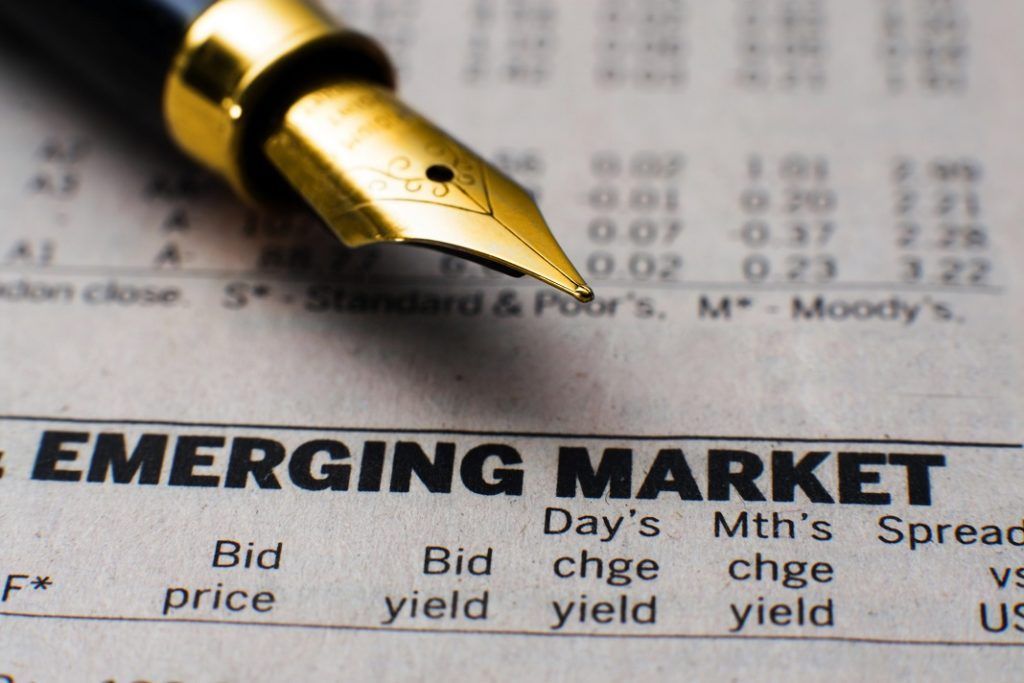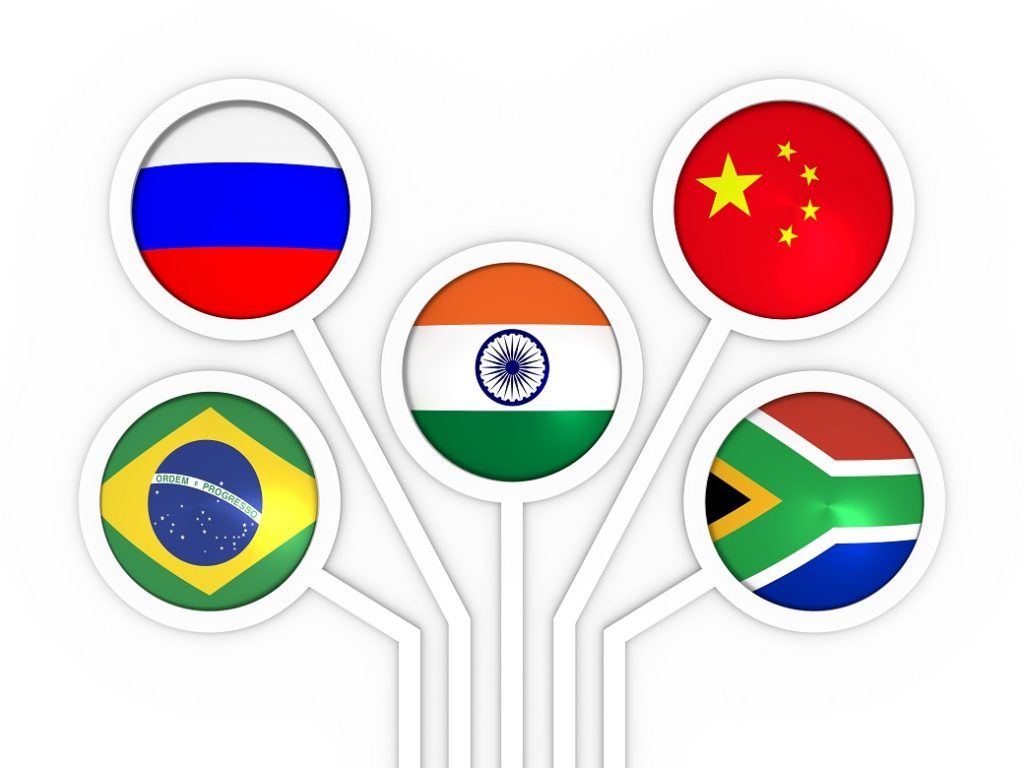“Emerging markets” is a term that refers to an economy that experiences considerable economic growth and possesses some, but not all, characteristics of a developed economy. Emerging markets are countries that are transitioning from the “developing” phase to the “developed” phase.
Characteristics of Emerging Markets

Some common characteristics of emerging markets are illustrated below:
1. Market volatility
Market volatility stems from political instability, external price movements, and/or supply-demand shocks due to natural calamities. It exposes investors to the risk of fluctuations in exchange rates, as well as market performance.
2. Growth and investment potential
Emerging markets are often attractive to foreign investors due to the high return on investment they can provide. In the transition from being an agriculture-based economy to a developed economy, countries often require a large influx of capital from foreign sources due to a shortage of domestic capital.
Using their competitive advantage, such countries focus on exporting low-cost goods to richer nations, which boosts GDP growth, stock prices, and returns for investors.
3. High rates of economic growth
Governments of emerging markets tend to implement policies that favor industrialization and rapid economic growth. Such policies lead to lower unemployment, higher disposable income per capita, higher investments, and better infrastructure. On the other hand, developed countries, such as the USA, Germany, and Japan, experience low rates of economic growth due to early industrialization.
4. Income per capita
Emerging markets usually achieve a low-middle income per capita relative to other countries, due to their dependence on agricultural activities. As the economy pursues industrialization and manufacturing activities, income per capita increases with GDP. Lower average incomes also function as incentives for higher economic growth.
The Five Major Emerging Markets
Brazil, Russia, India, China, and South Africa are the biggest emerging markets in the world. In 2009, the leaders of Brazil, Russia, India, and China formed a summit to create “BRIC,” an association created in order to improve political relationships and trade between the largest emerging markets. South Africa joined the “BRIC” group in 2010, which was then re-named “BRICS.”

1. Brazil
Brazil’s economy on a relative basis grew rapidly during the early 2010s at a rate of 7.5%. Due to political instability and trade sanctions, however, the growth rate slowed down and became negative in 2016 (-3.5%). Brazil also experienced considerable improvements in income levels and poverty reduction in 2003-2014, but changes have been sluggish since 2015 due to lower economic activity.
The Brazilian economy has been affected largely by political uncertainties and lower government expenditure. However, the outlook for the country’s future is positive. The domestic economy grew 0.6% in 2019 and is expected to sustain the growth through infrastructure improvements and foreign investments, along with its reliance on agricultural commodities like soybean and coffee.
2. Russia
Driven primarily by oil exports and a rise in oil prices, Russia experienced exponential growth in its GDP during the period 1999-2008 (before the Global Financial Crisis). The transition from communism to capitalism that has been taking place since 1991 has boosted economic growth in the country through economic reforms and an export-oriented trade policy.
However, since 2014, Russia’s economy has been negatively affected by political conflicts and trade sanctions that have been imposed by the US, Canada, Japan, and the EU, along with fluctuations in the price of oil, which accounts for close to 52% of Russian exports. The Russian economy grew at a rate of 1.7% in 2019 and is expected to grow faster if geopolitical tensions with trade partners like the US, Canada, Japan, and the EU reduce.
3. India
India established itself as an emerging market after trade liberalization and other major economic reforms in 1991. The Indian economy has been growing steadily at relatively high rates. It averaged 7.1% in the past decade, with some fluctuations due to political instability and economic reforms.
Essentially, India’s long-term economic growth can be attributed to the expansion of the manufacturing and service sectors, driven by exports and foreign investment. India is also experiencing gains both in capital and labor productivity due to technological advancements and educational reforms. As of now, India is one of the largest emerging markets, along with China.
4. China
The Chinese economy has posted an average growth rate of 10% since the enactment of trade liberalization and economic reforms in 1978. China’s economic growth has been propelled by government spending, expansion of its manufacturing sector, and exports (specifically electronic equipment).
However, the country’s income per capita is still low. Although only 3.3% of the Chinese population lives below the poverty line, 30% of the population lives below US$5.50/day. Nonetheless, as the Chinese government focuses on increasing GDP through consumption, disposable incomes are likely to increase, leading to sustained economic growth.
5. South Africa
South Africa was inducted into the BRICS association in 2010, after experiencing negative GDP growth in 2009 following the 2008 Global Financial Crisis (-3%). Following the financial crisis, the South African government implemented a number of policies to boost GDP through government expenditure and consumption. Economic growth increased in 2010-12 before slowing down in 2012-16 and rising again in 2017.
South African exports are composed primarily of commodities from mining. Therefore, export volumes depend on the prices of commodities, which are highly volatile. Fluctuations in export volumes explain part of the variation in GDP growth over the last few years.
Although South African GDP per capita has been increasing over time, so has the unemployment rate (29% as of 2019). High levels of unemployment and crime have hindered the economy’s growth and investment potential and are issues that need to be addressed through policy reforms.
Investopedia



